
Art History

Explore global visual culture.
Who We Are
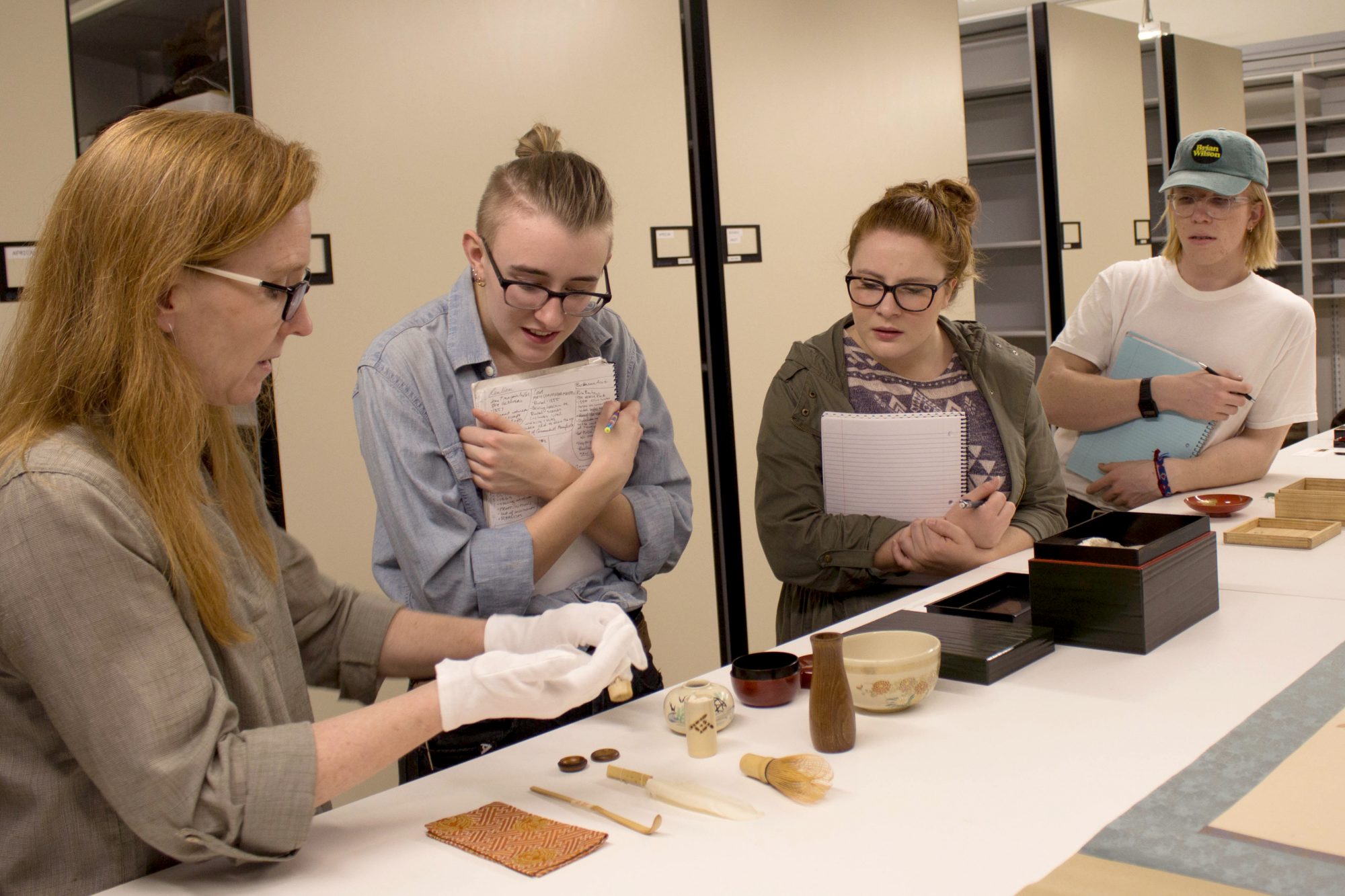
As an Art History student, you will develop critical skills and the ability to comprehend global visual arts within a social, historical, and aesthetic framework. Our class formats involve lecture and discussion in classes with less than 40 students and advanced seminar or group study classes of 10-20. You will also explore courses in a second field of study, chosen with your advisor from CSU's expansive catalog, while gaining exposure to a foreign language and aesthetic philosophy.
Study abroad is a key feature of our academic program and offers cultural immersion opportunities to learn in a diverse, international context. Programs focus on integrated study, and include modules on studio art, art history, art education, humanities, and languages. These enriching and unique location-responsive experiences are integrated into the department’s curricular structure, making it easy for you to fit international travel opportunities into your Art History education.
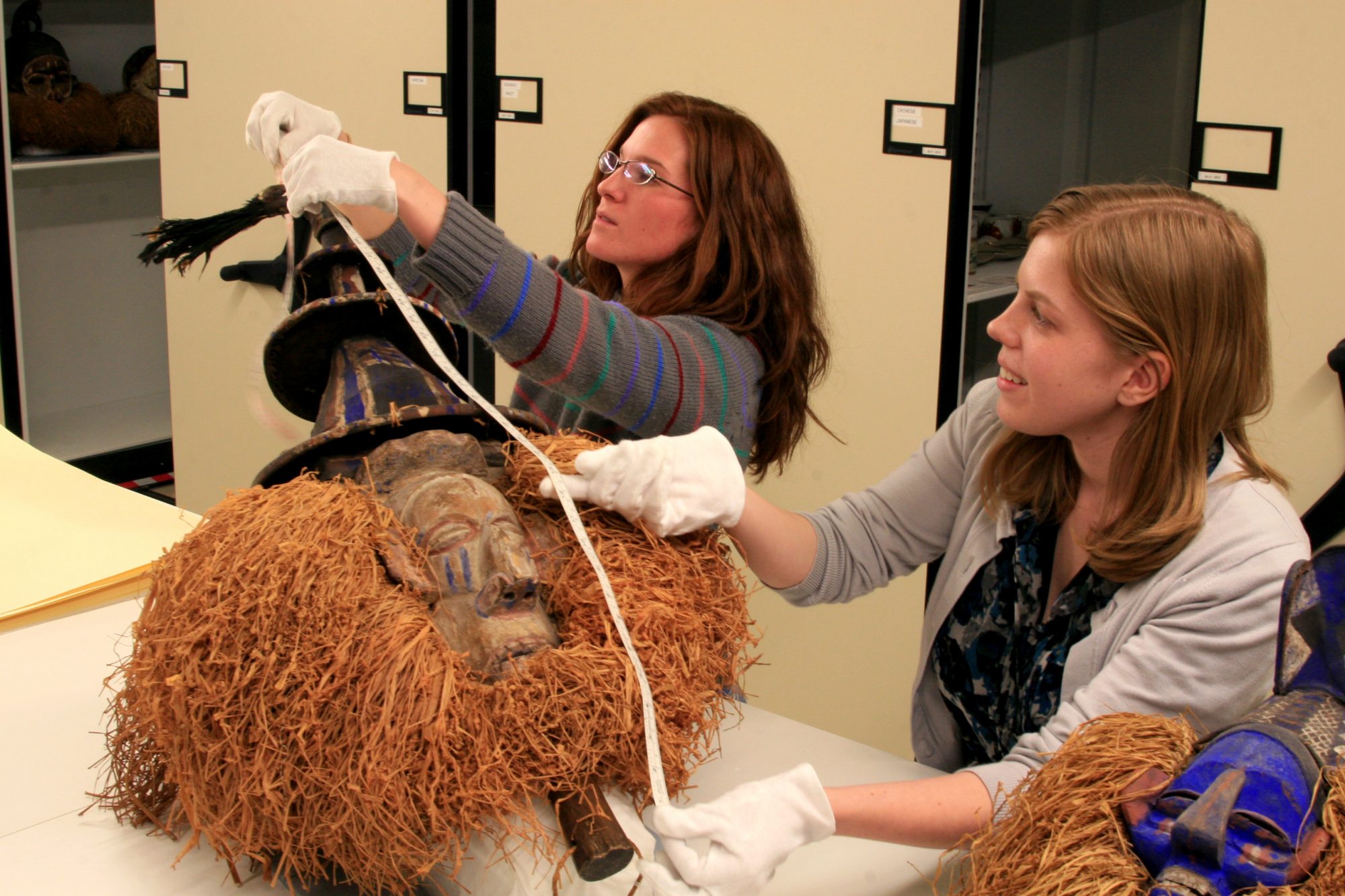
Our students are actively involved in a broad range of activities that further their careers and provide professional development experiences. Annual events include the spring Art History Symposium and the Capstone symposium, which provide students with the opportunity to publicly present original research in a conference setting. Other opportunities include interactions with visiting artists and scholars from our Scott Artist Series and the Critic and Artist Residence Series.
Our art history minor and certificate programs emphasize diverse perspectives in art history that will help you comprehend the visual arts within a social, historical, and aesthetic framework.
Art History Minor
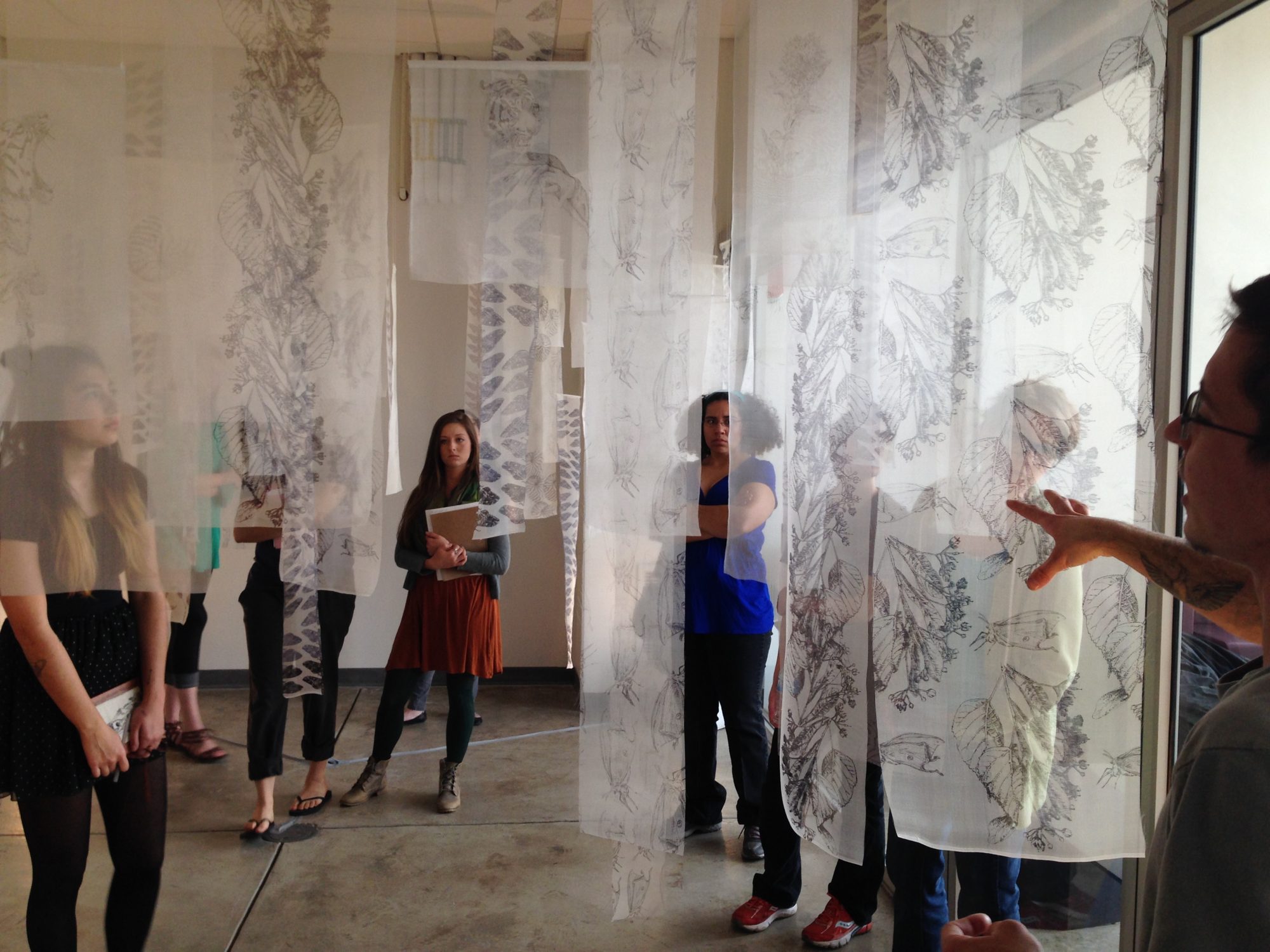
Designed for students with an interest in art history, the Art History minor for non-art majors offers the opportunity to dive deep into the rich history of art in a global historical context. You will study monuments and objects made by artists from diverse cultures in time and learn to use those objects as portals for understanding complex beliefs, historical circumstances, and the ways in which art has shaped the world. In the process, you will enhance your skills in research, writing, and presentation, and you will hone your ability to interpret and analyze the visual world you inhabit.
The minor requires a minimum of 21 credits. To give you a solid understanding of the breadth of art history, you will take at least 9 credits at the 100- and 200-division levels. You will then dive deeper into specific areas of art history by taking at least 12 upper-division credits. Paired with your major, the skill set you develop with your art history minor will enhance your visual literacy in an image-saturated world to give you an edge as you create your future.
Interested in Our Art History Minor for Non-Art Majors?
Certificate of Art History
The Certificate of Art History is intended for students enrolled in the Department of Art and Art History who are not pursuing the Art History concentration but still wish to develop a broader background in art history. You will have an opportunity to gain a deeper understanding of art historical content and methodologies at the advanced level. The visual literacy and research and writing skills that you develop will complement your primary course of study as a studio artist or art educator.
The program requires a minimum of 12 credits in addition to the regular art history courses required by the department. You will take a 3-credit class, ART 419: Historiography and Methodology, and the additional 9 credits should come from upper-division credits taken in the Department of Art and Art History.
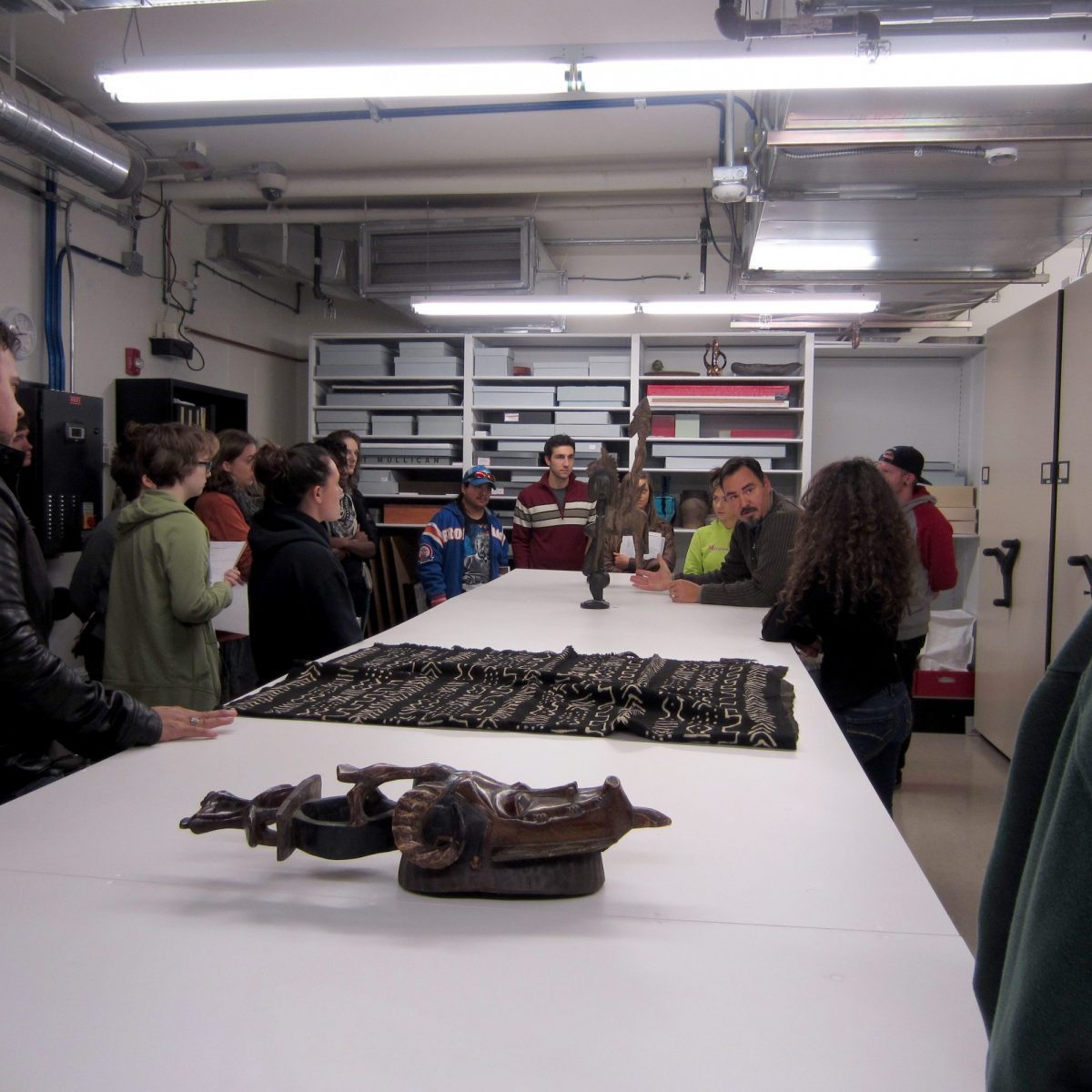
Interested in Our Certificate of Art History for Art Majors?
Our Facilities

Digital & print media, museum collections, art exhibitions, & visiting artists & scholars are at your fingertips. Wireless lecture and seminar classes are supplied with podium access to video, DVD/Blu-ray, and image projection. Visual and digital resources are available in the department’s Stanley G. Wold Resource Center and through the Morgan Library.

Students also have the opportunity to work with the collections at the Gregory Allicar Museum of Art through introductory and advanced coursework, internships, and independent studies. The Museum’s collections consist of approximately 3,500 objects in a variety of media including prints, photographs, paintings, sculpture, textiles, ceramics, and decorative art objects from cultures around the world and spanning more than 2000 years.
Our Faculty
Study with a team of 4 full-time faculty and 4 CCA instructors whose diverse specializations focus on visual culture across region and time.
-

Catherine DiCesare
- Associate Professor of Art History
- Undergraduate Coordinator
-

Michael Fenton
- Instructor of Art History
-

Annie Krieg
- Instructor of Art History
-

Emily Moore
- Associate Professor of Art History
-
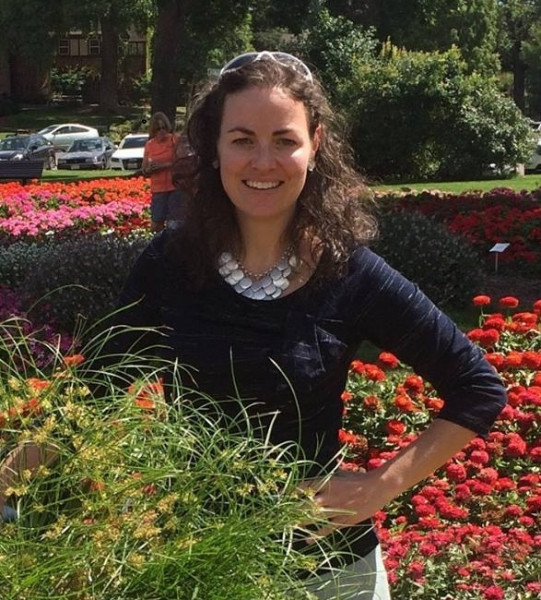
Eleanor Moseman
- Professor of Art History
- Chair, Art and Art History
-

Isabelle Pech
- Instructor of Art History
-
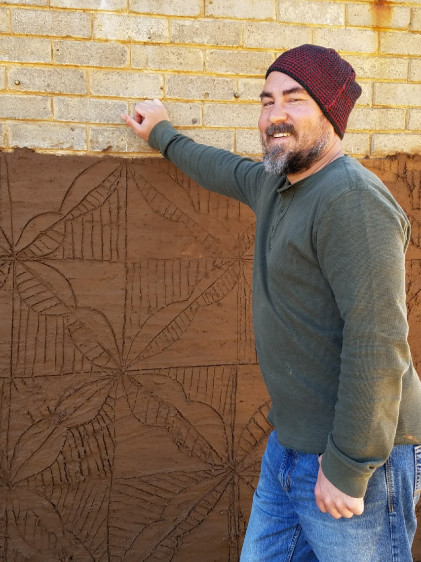
David Riep
- Associate Professor of Art History